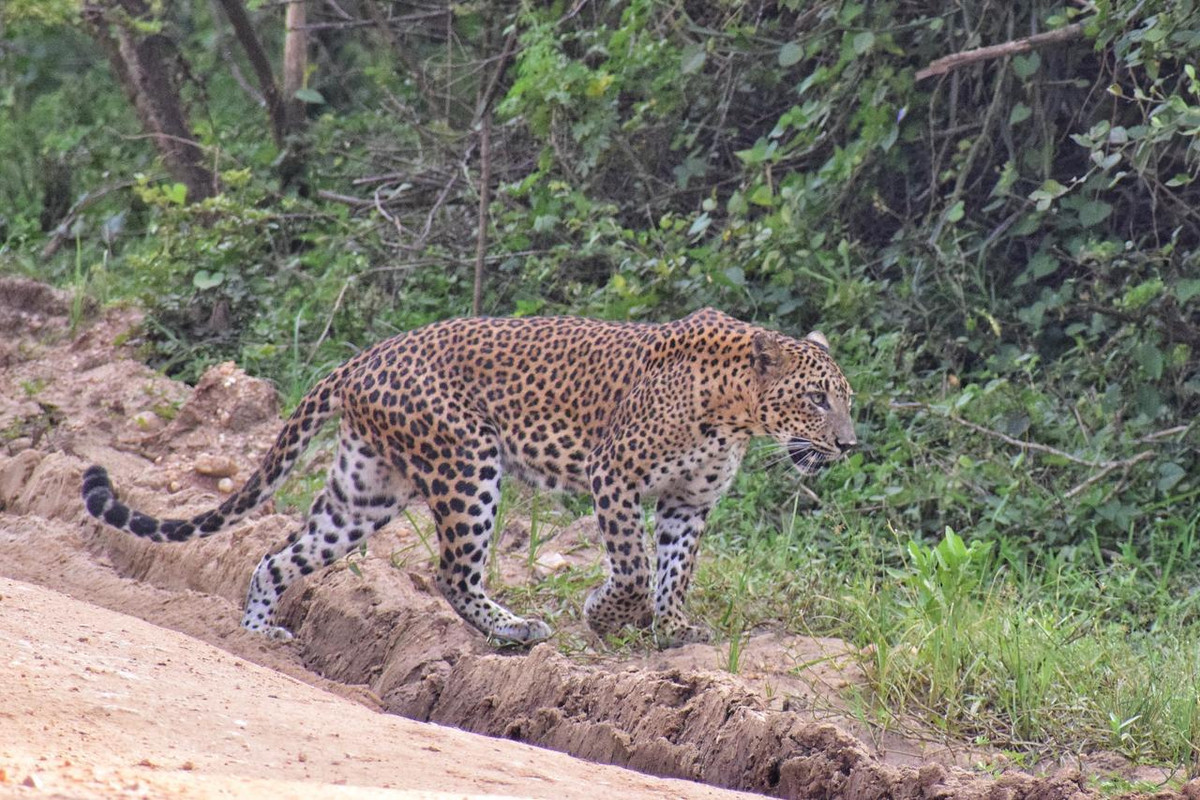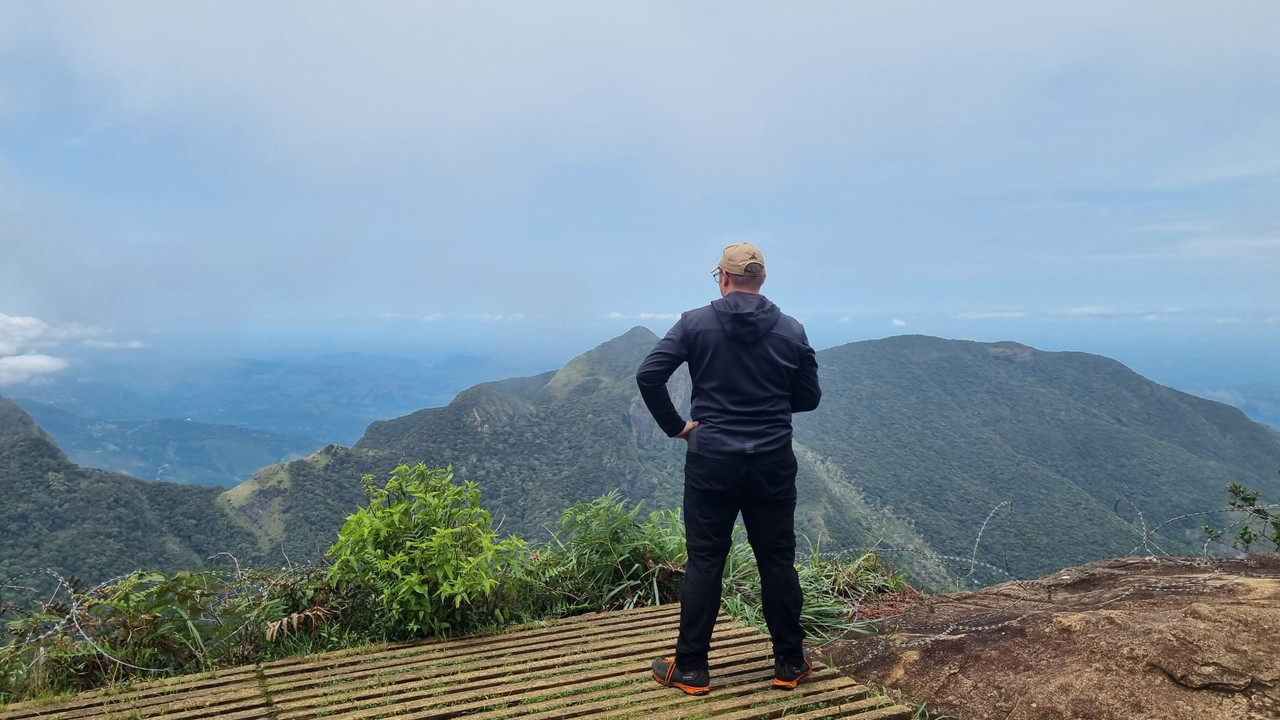Sri Lanka may be a small island, but it packs an incredible punch when it comes to biodiversity and wildlife. With one of the highest rates of biological endemism in the world, this tropical paradise offers wildlife enthusiasts exceptional opportunities to observe animals in their natural habitats. From elusive leopards to gentle giants like elephants, and from colorful birds to majestic whales, Sri Lanka's wildlife experiences are diverse and accessible. Here's your comprehensive guide to safari adventures across the island.
Yala National Park: The Leopard Kingdom
Yala National Park, located in the southeastern part of Sri Lanka, is the country's most famous wildlife destination and boasts one of the highest leopard densities in the world. Spanning over 979 square kilometers, the park is divided into five blocks, with only two currently open to visitors.
What to See:
- Leopards - The park's star attraction, with around 35-40 leopards in Block 1 alone
- Sri Lankan elephants - Herds are commonly spotted, especially near water holes
- Sloth bears - Best seen during the June-July palu fruit season
- Crocodiles - Both marsh and saltwater species
- Endemic birds - Including jungle fowl (Sri Lanka's national bird), painted stork, and black-necked stork
Best Time to Visit: February to July, when water levels are low and animals gather around water holes. The park is typically closed in September for a month during the height of the drought.
Safari Tips: Book a reputable safari company in advance, and consider doing both morning (6 AM start) and afternoon (2 PM start) game drives for the best wildlife viewing opportunities. The southern coastal entrance (Palatupana) is the most popular access point.
Udawalawe National Park: The Elephant Haven
Centered around the Udawalawe Reservoir, this national park was established as a sanctuary for elephants displaced by the construction of the reservoir. Today, it's one of the best places in the world to observe Asian elephants in the wild.
What to See:
- Sri Lankan elephants - Around 500-700 elephants reside in the park, visible year-round
- Water buffalo - Often seen wallowing in muddy waters
- Crocodiles and monitor lizards
- Endemic birds - Over 200 species, including raptors like white-bellied sea eagles
Best Time to Visit: The dry season from May to September offers the best wildlife viewing, but elephants can be seen year-round.
Don't Miss: The Elephant Transit Home near the park entrance, where orphaned elephant calves are rehabilitated before being released back into the wild. Feeding times (at 9 AM, 12 PM, 3 PM, and 6 PM) are open to visitors and provide a heart-warming experience.
Wilpattu National Park: Sri Lanka's Largest Wilderness
Wilpattu, meaning "Land of Lakes," is Sri Lanka's largest national park and features a unique collection of natural lakes called "villus." Reopened in 2010 after being closed during the civil war, Wilpattu offers a more secluded safari experience with fewer crowds than Yala.
What to See:
- Leopards - Though less densely populated than Yala, they are still frequently spotted
- Sloth bears - Wilpattu has a healthy population
- Endemic deer species - Spotted deer, sambar, and barking deer
- Wild boar and water buffalo
- Birdlife - Particularly around the villus
Best Time to Visit: February to October, with the peak being May to August during the drought when animals congregate around water sources.
Safari Tips: Wilpattu requires patience as animals are more spread out. Plan for longer safaris and consider staying inside the park for the best experience. The park's vast size means less crowding, even during peak season.
Minneriya and Kaudulla National Parks: The Gathering
These adjacent parks in Sri Lanka's Cultural Triangle are famous for hosting "The Gathering," one of the largest wild elephant assemblies in the world. During the dry season, hundreds of elephants migrate to the shores of the Minneriya Tank (reservoir) to graze on the lush grass and find water.
What to See:
- The Gathering - Up to 300 elephants congregating around the tank
- Endemic birds - Including painted storks and spot-billed pelicans
- Reptiles - Various species of snakes, lizards, and crocodiles
Best Time to Visit: July to October for The Gathering, with August and September being the peak months.
Note: The elephants move between Minneriya and Kaudulla depending on water levels, so check with local guides about which park is currently hosting the majority of elephants.
Sinharaja Forest Reserve: The Rainforest Experience
A UNESCO World Heritage Site, Sinharaja is Sri Lanka's last viable area of primary tropical rainforest. While large mammals are less common here, it's a paradise for birdwatchers and those interested in rare reptiles, amphibians, and insects.
What to See:
- Endemic birds - 95% of Sri Lanka's endemic birds can be found here
- Mixed-species bird flocks - A unique phenomenon to observe
- Rare reptiles and amphibians - Including many endemic species
- Butterflies and insects - A diverse array of colorful species
Best Time to Visit: January to April and August to September, avoiding the peak monsoon seasons.
Safari Tips: Unlike the savanna-like parks, Sinharaja requires guided walking tours. Hire a knowledgeable local guide, wear leech socks, and bring a good pair of binoculars.
Mirissa and Trincomalee: Marine Safaris
Sri Lanka's wildlife experiences extend beyond its shores. The waters around Mirissa (south coast) and Trincomalee (east coast) offer some of the world's best opportunities to see blue whales, the largest animals on Earth.
What to See:
- Blue whales - The highest concentration of non-migratory blue whales in the world
- Sperm whales - The largest toothed predators
- Spinner dolphins - Known for their acrobatic displays
- Flying fish and sea turtles
Best Time to Visit:
- Mirissa - November to April
- Trincomalee - May to October
Responsible Tourism Tips: Choose operators who follow whale watching guidelines, maintaining proper distances and limited viewing times to minimize stress on the animals.
Bundala National Park: The Birdwatcher's Paradise
A coastal wetland with lagoons, dunes, and scrubland, Bundala is recognized as a Ramsar wetland of international importance and hosts thousands of migratory birds during the winter season.
What to See:
- Migratory birds - Including flamingos, which can number in the thousands
- Resident water birds - Pelicans, storks, and herons
- Crocodiles - Both marsh and saltwater varieties
- Sea turtles - The park's beaches are nesting grounds
Best Time to Visit: November to March for migratory birds.
Safari Ethics and Conservation
As wildlife tourism grows in Sri Lanka, responsible practices become increasingly important:
- Choose eco-conscious safari operators who prioritize animal welfare over guaranteed sightings
- Maintain appropriate distances from wildlife
- Never feed wild animals
- Keep noise to a minimum during game drives
- Support local conservation initiatives
- Report any unethical practices you observe
Planning Your Wildlife Safari
What to Pack:
- Neutral-colored clothing (avoid bright colors and white)
- Hat and sunscreen
- Binoculars and camera with zoom lens
- Insect repellent
- Reusable water bottle
- Light rain jacket (even in dry season)
Accommodation Options:
- Luxury tented camps - For an immersive wilderness experience
- Eco-lodges - Often located near park boundaries
- Boutique hotels - Available near most major parks
- Government bungalows - Basic but atmospheric options within some parks
Conclusion
Sri Lanka offers wildlife enthusiasts a rare opportunity to experience remarkable biodiversity within a compact island setting. From big game safaris to rainforest explorations and whale watching expeditions, the range of wildlife experiences is extraordinary. What makes Sri Lanka particularly special for wildlife viewing is the relative ease of access to different habitats within short distances and the high concentration of endemic species you won't find anywhere else in the world. With proper planning and respect for nature, a wildlife safari in Sri Lanka can be the centerpiece of an unforgettable island adventure.



